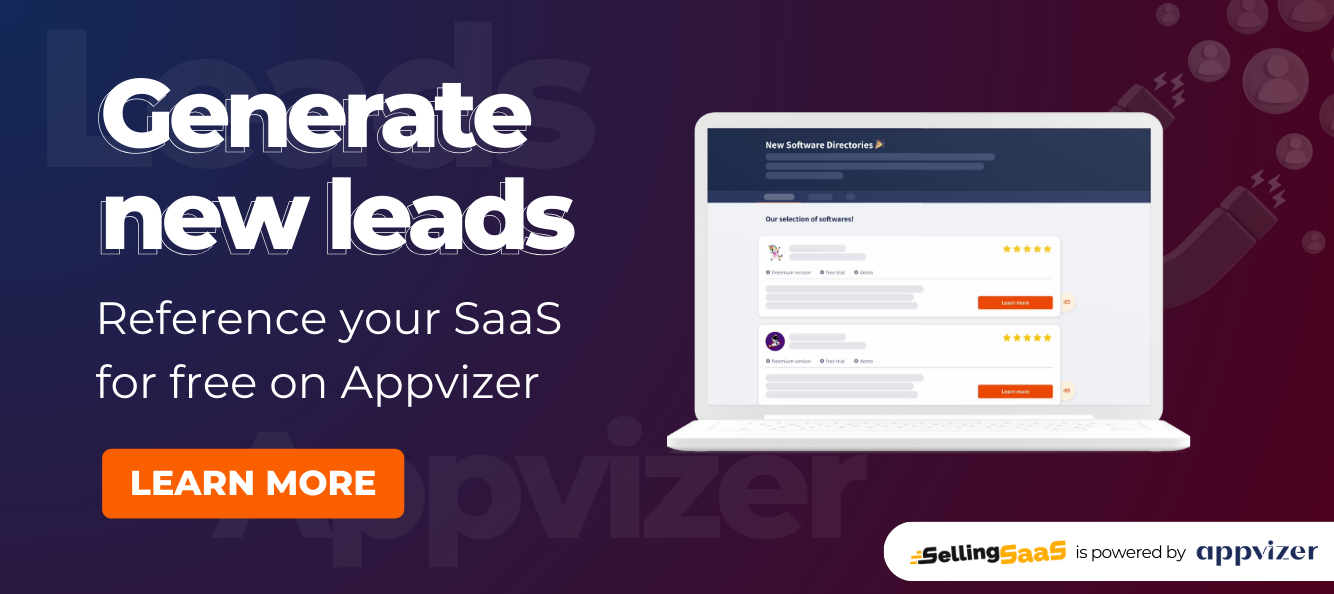In today’s technology-driven world, Software as a Service (SaaS) stands at the forefront of modern software solutions. It’s the driving force behind efficient businesses and seamless user experiences. As we embark on this exploration of SaaS Product Development, we’re committed to providing you with a professional and insightful perspective.
SaaS, often referred to as the future of software, has reshaped the way we approach and utilize applications. In this blog, we will delve into the core principles and strategies that define contemporary SaaS product development. Let’s delve into this topic with a focus on professionalism and expertise.
Part 1: Introduction to SaaS Product Development
The Evolving Landscape of Software: Embracing SaaS
In the dynamic realm of the software industry, Software as a Service (SaaS) has emerged as a revolutionary model, drastically altering how software is consumed and delivered. Unlike traditional software that is typically purchased and installed, SaaS offers a subscription-based approach where software is hosted remotely and accessed via the internet. This model’s significance lies in its ability to provide scalable, accessible, and cost-effective solutions, making it an increasingly preferred choice across various sectors.
SaaS versus Traditional Software Development: A Paradigm Shift
The transition from traditional software development to SaaS represents a fundamental shift in approach and methodology. Traditional software development often focuses on a one-time sale of a complete product, whereas SaaS is built around the idea of ongoing service and continuous improvement. This shift demands a more agile and customer-focused development strategy, where feedback plays a critical role in shaping the product lifecycle.
Team Dynamics in SaaS Development
The structure of a SaaS product development team is inherently complex and diverse. It typically includes a blend of developers, product managers, UX/UI designers, and quality assurance specialists. Each team member contributes to the product’s ongoing evolution, emphasizing the importance of collaborative effort and cross-functional skills in delivering a product that not only meets but also adapts to changing market needs.
For many organizations, moving from legacy systems to SaaS is a strategic decision driven by the need for more agile, efficient, and scalable solutions. Legacy systems, often characterized by their rigidity and high maintenance costs, can limit an organization’s ability to respond to evolving market demands. Adopting SaaS signifies a commitment to continuous innovation and adaptability, essential traits in today’s fast-paced business environment.
Part 2: The SaaS Development Process
The development process of a SaaS product is distinct and multifaceted. It begins with ideation and market research, where the focus is on understanding user needs and identifying market opportunities. This phase is crucial for defining the direction and scope of the product.
The next steps involve concept development and validation, where ideas are transformed into tangible plans and prototypes. This stage is pivotal for ensuring that the product concept is viable and resonates with the target audience.
Design and prototyping follow, involving the creation of user interfaces and experiences. This phase allows for early testing and feedback, setting the stage for the subsequent development and testing phase. Here, the product is built and rigorously tested to ensure quality and functionality.
Finally, deployment and release mark the product’s entry into the market. This stage is not the end but rather a new beginning, as customer feedback and ongoing iterations become key to the product’s continuous enhancement and success.
The Vital Role of Customer Feedback and Analytics
In SaaS development, customer feedback is not just valuable; it’s essential. It drives the iterative process, ensuring that the product remains relevant and effective. Additionally, the use of analytics and research is critical for optimizing the SaaS product, allowing developers to make informed decisions and continually refine the product based on user behavior and preferences.
In conclusion, SaaS product development is an intricate and dynamic process, requiring a deep understanding of market needs, user-centric design, and continuous innovation. As we delve deeper into this realm, we’ll explore key factors, challenges, and best practices that shape successful SaaS products.
Part 3: Key Factors in SaaS Development
Pricing Strategies: Tailoring to Market Needs
In SaaS, pricing strategy is not just about setting a cost; it’s about aligning with customer expectations and business objectives. Common models include:
- Flat Rate Pricing: A simple, straightforward approach offering full access for a set price.
- Freemium Model: Provides basic features for free, with premium features available for a fee.
- Usage-Based Pricing: Charges based on the level of service or consumption.
Each model has its advantages and is chosen based on the specific market segment and customer behavior.
Free Trials and Customer Acquisition
Offering free trials is a strategic move in SaaS. It allows potential customers to experience the product, understand its value, and make an informed decision about subscribing. This approach not only aids in customer acquisition but also builds trust and transparency.
Brand and Pricing Strategy: The Cornerstones of SaaS
Establishing a strong brand and coherent pricing strategy is crucial in SaaS. It involves understanding the competitive landscape, identifying unique selling propositions, and ensuring that pricing models reflect the product’s value while being attractive to the target audience.
Ensuring Reliability, Security, and Scalability
A successful SaaS application must be reliable, secure, and scalable. This means ensuring minimal downtime, protecting user data, and having the capacity to grow with increasing user demand. This aspect is vital for maintaining customer trust and satisfaction.
Integration and Cloud Computing: Enhancing Value
Integration with other software and devices enhances the utility and appeal of a SaaS product. Additionally, leveraging cloud computing is fundamental in SaaS, offering benefits like flexibility, scalability, and cost-effectiveness.
Navigating Legal and Compliance Issues
SaaS developers must be aware of various legal and regulatory considerations, including data protection laws, intellectual property rights, and industry-specific regulations. Compliance is not just a legal requirement but also a way to build user confidence.
Part 4: Challenges and Opportunities in SaaS Product Development
Competitive Landscape: Identifying Opportunities
The SaaS market is highly competitive, requiring businesses to constantly seek opportunities for differentiation. This involves identifying unmet needs, understanding industry-specific challenges, and offering unique solutions.
Customer-Centricity: The Heart of SaaS Innovation
A customer-centric approach is fundamental in SaaS product development. It involves understanding customer pain points, preferences, and behaviors, and using this insight to drive innovation and product development.
Data Analytics: A Tool for Market Insight
Utilizing data analytics is key in identifying market gaps and opportunities. It allows businesses to make informed decisions based on user data and market trends, staying ahead in the competitive landscape.
Continuous Innovation: Staying Ahead
Innovation is the lifeblood of SaaS. Continuous improvement and adaptation are necessary to meet evolving customer needs and remain competitive. This requires a culture of innovation, where new ideas are encouraged and tested regularly.
Part 5: Best Practices for Successful SaaS Product Development
Building a Skilled Development Team
The foundation of a successful SaaS product is a strong development team. This team should have a mix of skills and expertise, from technical knowledge to market understanding.
Agile Development: A Key to Efficiency
Adopting an agile development process is crucial for quick iterations and market responsiveness. This methodology allows for flexibility and adaptability, essential in the fast-paced SaaS environment.
Prioritizing Customer Satisfaction
Customer feedback should be at the forefront of the development process. Regularly gathering and acting on customer input ensures that the product remains relevant and valuable.
Quality Assurance: Ensuring Excellence
Implementing robust testing and quality assurance processes is essential to maintain high standards. This ensures that the product is reliable, functional, and user-friendly.
Documentation and Knowledge Sharing
Proper documentation and knowledge transfer within the team are vital for maintaining consistency and efficiency. This practice ensures that knowledge is not siloed and that the team can function effectively even with personnel changes.
Part 6: Conclusion and Future Perspectives
Summarizing Key Insights
This guide has explored the various facets of SaaS product development, from the initial conceptualization to the continuous innovation required post-launch. We’ve examined the importance of customer-centricity, the role of data analytics, and the need for agile methodologies in navigating the SaaS landscape.
Looking Forward: Trends in SaaS
The future of SaaS is likely to be shaped by emerging technologies, evolving market needs, and changing regulatory landscapes. Companies that stay attuned to these changes, and adapt accordingly, will be well-positioned to succeed in the ever-evolving world of SaaS product development.
In today’s technology-driven world, Software as a Service (SaaS) stands at the forefront of modern software solutions. It’s the driving force behind efficient businesses and seamless user experiences. As we embark on this exploration of SaaS Product Development, we’re committed to providing you with a professional and insightful perspective.


